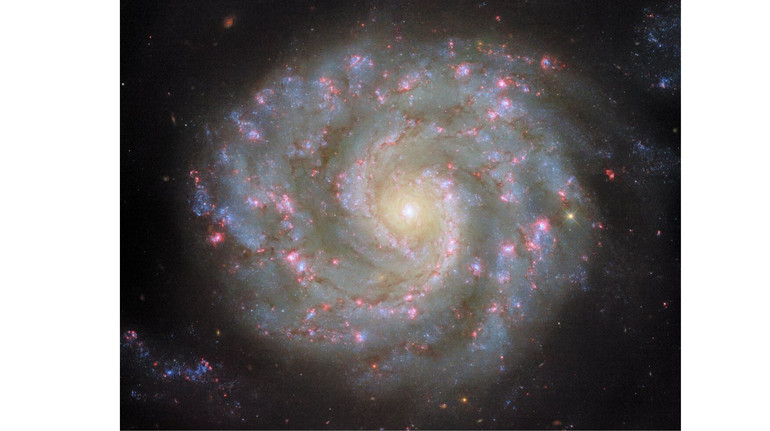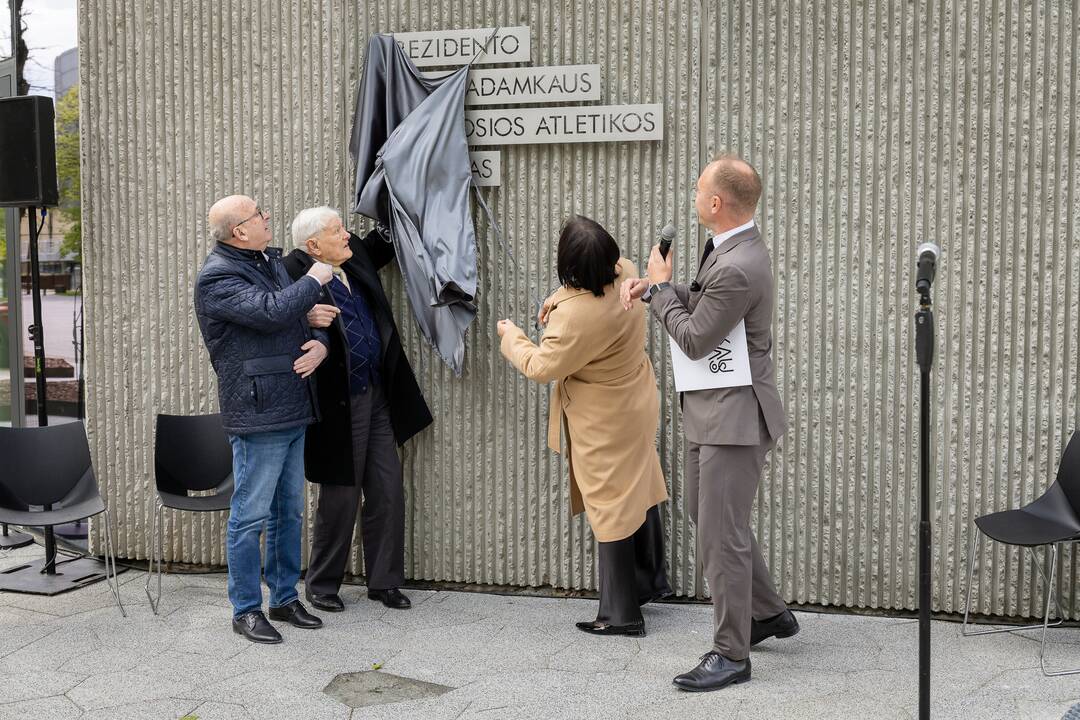New Photo by Hubble Telescope

Spiral galaxy with a little oval disk
Photo: ESA/Hubble & Nasa, D. Thilker
The Hubble Space Telescope took a photo of the NGC 3596 galaxy – a spiral system located 90 million light years from Earth in the constellation of Leo.
The shot is made in six different wavelengths and allows you to see the complex structure of the galaxy incredibly in detail.
Photo Published European Space Agency (ESA).
The NGC 3596 galaxy opened in 1784 by Astrone William Gershel – in his honor the cosmic observatory of Herschel Esa was named.
In the image, the galaxy demonstrates its elegantly twisted spiral sleeves that unfold around the bright golden nucleus. These sleeves concentrate stars, gas and dust – this is where the most active star formation occurs.
This is evidenced by bright pink spots – the birth area of new stars – and young blue stars that extend along the structure of the sleeves.
Although there are many spiral galaxies in the universe, the mechanism of formation of their sleeves is still a mystery, partly due to the wide variety of these systems.
Some galaxies have clear sleeves, others have torn, « feathery ». Some have bright jumpers in the center, others have compact round nuclei. Some have neighboring galaxies, others have isolated.
The first theories for the formation of spiral sleeves were associated with the so -called « tightening problem ». Scientists believed that if the sleeves were permanent structures, over time they would have twisted so that they would have disappeared completely.
Instead, modern theory indicates that spiral sleeves are not objects, but dense zones, peculiar « waves », through which stars, gas and dust pass through, slowing down like cars in the traffic jam.
This new image not only impresses with its beauty, but also helps astronomers to better understand the dynamics and evolution of galaxies. Photo is another example of how science can show us the universe in a completely different light – this time literally.
EarlierHubble’s Ottoman Telescope did Photo of a distant galaxy with an unusual star sleeve.







